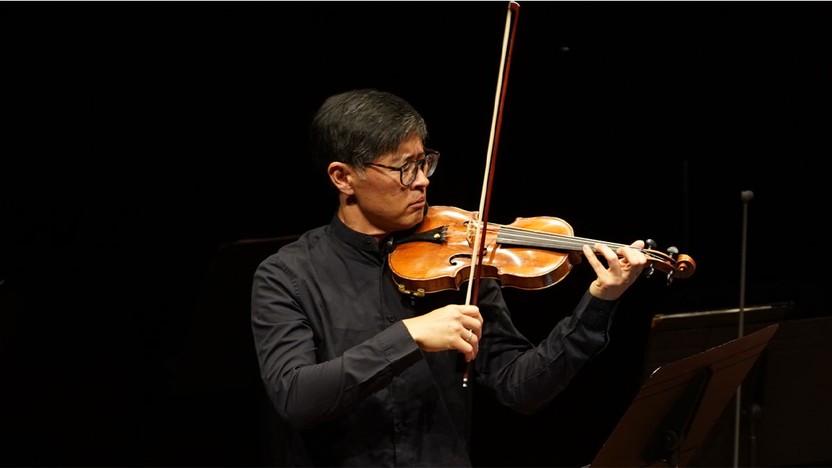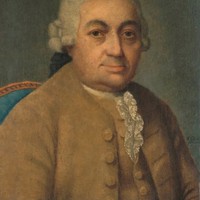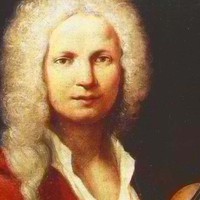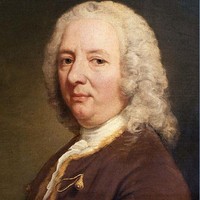EXPRESS CONCERT: Kyu-Young Kim Plays Vivaldi’s The Four Seasons



Carl Philipp Emanuel Bach, the second surviving son of Johann Sebastian Bach, had the best music education imaginable, learning keyboard and composition from his father and honing his performance skills in the amateur ensemble directed by the elder Bach. In time he would use those talents to rise to the loftiest post in German church music, succeeding his godfather Georg Philipp Telemann as the director of church music in Hamburg. But first he landed a job as a harpsichordist with the prince-elector of Brandenburg, an amateur flutist and ardent music patron who was soon crowned King Frederick II of Prussia, a.k.a. “Frederick the Great.”
When the start of the Seven Years War in 1756 put a damper on the king’s musical life, Bach used the downtime to cultivate private patrons whom he entertained with fare including symphonies. He wrote this Sinfonia in E Minor amid a sea change in musical style, as the ornate counterpoint mastered by his father and godfather gave way to a preference for clean lines and crisp contrasts. Borrowing the three-part structure of an opera overture — sinfonia, in Italian — Bach laid the groundwork for the symphony as we know it today.
This minor-key Sinfonia exemplifies the “sensitive style” (empfindsamer Stil) associated with Emanuel Bach. The fast first movement encompasses a wide range of strongly-felt and clearly delineated emotions, from nervous unisons to joyous swoops, a sound made all the more impactful when Bach later added flutes, oboes and horns to the orchestration. The central slow movement is especially open and transparent, the contrasting sections set off by full stops. There are ample details in the dancelike finale that show Bach’s lasting debt to the orchestral suites crafted by his father, although the jokey delay on an unresolved dissonance is a thoroughly modern touch.
Aaron Grad ©2024

With a cushy job in his native Venice teaching violin at a well-endowed school for orphaned girls (many of whom were really the illegitimate offspring of aristocrats), Antonio Vivaldi was able to use his talented students to test out and refine his compositions, especially his hundreds of concertos. In 1725, Vivaldi’s publisher in Amsterdam released a set of twelve of those violin concertos under the title Il cimento dell’armonia e dell’invenzione (The Contest Between Harmony and Invention). Vivaldi named the first four concertos after the seasons, and he organized the musical ideas to correspond to descriptive sonnets. These interrelated works that we know simply as The Four Seasons live on as the crown jewels within Vivaldi’s incomparable catalog of solo concertos.
The sonnets offered Vivaldi ample opportunities for word painting, as in the “birds in joyous song” in the first movement of Spring, represented by trilling violin motives, countered later by thunder and lightning. The docile slow movement depicts a goatherd napping in a meadow, with the violas assigned the part of his barking dog. The finale introduces nymphs and shepherds dancing to bagpipes, a sound evoked in the droning accompaniments.
Summer brings the “heat of the burning sun,” matched by wilting musical figures. The soloist enters in the style of a cuckoo, with the distinctive two-note call embedded within constant bow-strokes. The arrival of a stiff wind from the north, bringing a squall, sends the movement into an agitated state. The slow movement depicts another nap, this one interrupted by the nuisance of gnats and flies and occasional peals of thunder. The finale unleashes the full force of the summer storm, the lines cascading down like sheets of rain.
Autumn begins with peasants dancing and drinking in celebration of the harvest, until they all settle into an inebriated slumber. The slow movement descends into the soundest sleep yet, with the soloist joining the muted strings in slow-moving phrases, leaving only the harpsichord to decorate the harmonies with ad libitum arpeggios. The finale wakes for a hunt, complete with imitations of hunting horns and barking dogs.
Winter paints a scene of desolate cold and chattering teeth. The slow movement moves the scene to a cozy fire inside, while pizzicato raindrops continue to fall outside. Starting with hesitant, slippery steps on the ice, the finale builds to raging gusts of wind.
Aaron Grad ©2024

Francesco Geminiani, the son of a professional violinist, trained for a time in Rome with Arcangelo Corelli, the most influential composer and teacher of his generation. That experience gave Geminiani a tremendous advantage when he moved in 1714 to London, a city obsessed with Corelli and happy to welcome one of the master’s disciples. Besides performing and publishing his own sonatas and concertos, Geminiani found a winning formula when he converted Corelli’s beloved Opus 5 (a set of twelve violin sonatas) into concerti grossi, a format that embeds multiple soloists within a larger ensemble of accompanying strings and the bass group known as basso continuo.
The final sonata from Opus 5 contains Corelli’s variations on “La Follia,” a standard chord pattern that had fascinated musicians for centuries, dating back at least as far as 15th-century Portugal. It has always been a platform for feisty improvisation and elaboration, and so it aligns perfectly with that tradition to have Geminiani’s arrangement of Corelli serve as a launchpad for further enhancement by the composer and violinist Michi Wiancko, who originally created this version in 2011 for the East Coast Chamber Orchestra. “Although many of these Variations for String Orchestra incorporate modern technique and textures,” Wiancko wrote in a program note, “my intention was to highlight my favorite aspects of the music made 300 years ago — aspects which still resonate strongly with us today: passion, improvisation, intimacy, and the occasional moment of irreverence.”
Aaron Grad ©2024
Our Express Concerts are 60-75 minutes of music without intermission. Learn more at thespco.org/express.
Get driving directions and find nearby parking.
Find dining options close to the venue.
View seating charts to find out where you'll be seating.
Get driving directions and find nearby parking.
Find dining options close to the venue.
View seating charts to find out where you'll be seating.
